Introduction to Decorative Gutters and Downspouts
When it comes to enhancing the exterior of your home, the focus often lies on paint colors, landscaping, and outdoor furniture. However, one area that can significantly contribute to your home’s curb appeal is often overlooked: the gutters and downspouts. Decorative gutters and downspouts serve both an aesthetic and functional purpose, making them a perfect addition to any home.
In this article, we’ll dive deep into the various styles, materials, benefits, and potential drawbacks of decorative gutters and downspouts. As someone who has renovated multiple homes, I can share insights from personal experience that can help you make an informed decision.
What Are Decorative Gutters and Downspouts?
Decorative gutters and downspouts are not just practical systems for managing rainwater; they are also an essential design feature. While traditional gutters tend to blend into the background, decorative options stand out and complement the overall look of your home.
Why Choose Decorative Gutters?
Decorative gutters and downspouts not only improve the aesthetic value of your home but also offer substantial functionality. Below are some reasons to consider them for your property:
- Enhanced Curb Appeal: They add a layer of beauty, enhancing the overall architecture of your home.
- Durability: Many decorative options are made from high-quality materials that resist weathering.
- Customization: Available in numerous designs, colors, and materials, allowing for a tailored look that suits your style.
Types of Decorative Gutters and Downspouts
Decorative gutters come in various styles, materials, and shapes. Below are some popular options:
1. Half-Round Gutters
These gutters have a circular cross-section, offering a traditional look. They are often made from materials like copper or aluminum, which add to their aesthetic appeal.

2. K-Style Gutters
These are more modern and feature a flat bottom and ornate crown molding. They can be customized with decorative elements that bring a unique touch to your home.
3. Box Gutters
Often used in historic homes, box gutters are typically built into the roofline. They can be more expensive to install but offer a classic look.
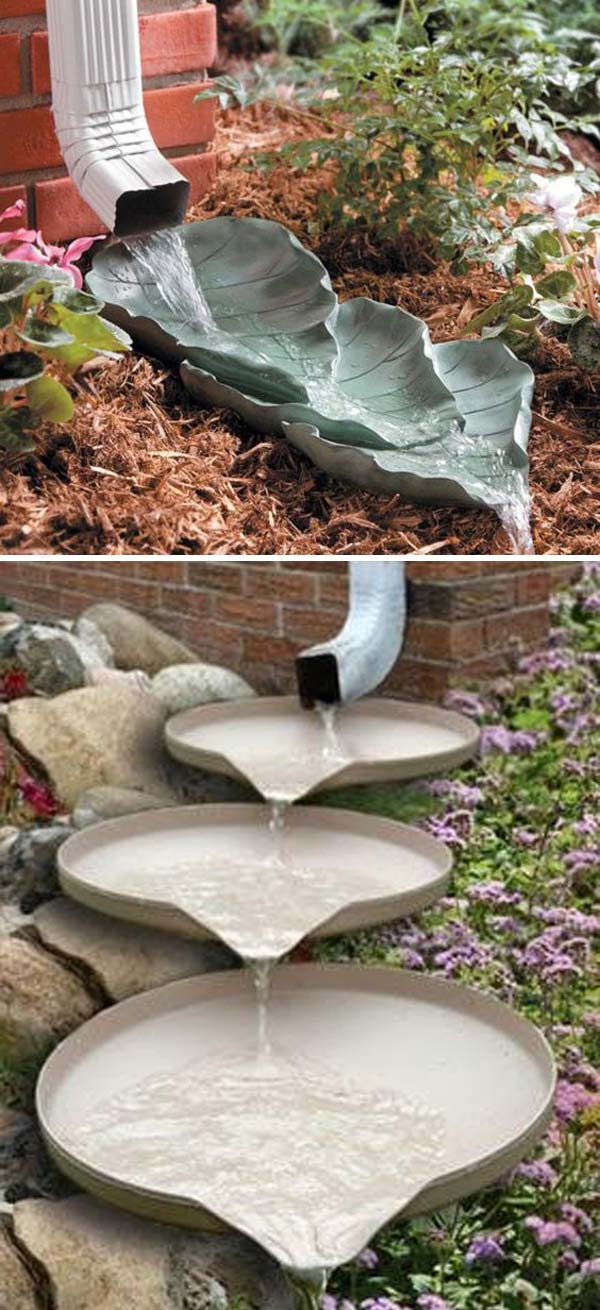
4. Decorative Downspouts
Downspouts can also be decorative. Options like curved or spiral downspouts can add flair while maintaining functionality. Some homeowners opt for painted or galvanized finishes that can match their home’s exterior.
Materials Used in Decorative Gutters and Downspouts
When selecting decorative gutters and downspouts, it’s essential to consider the materials. Each material has its pros and cons:
| Material | Durability | Cost | Aesthetic |
|---|---|---|---|
| Vinyl | Moderate | Low | Versatile, but less premium look |
| Aluminum | High | Moderate | Available in various colors, lightweight |
| Copper | Very High | High | Elegant, develops a patina over time |
| Zinc | Very High | High | Classic look, durable |
| Galvanized Steel | High | Moderate | Industrial aesthetic, strong |

Installation of Decorative Gutters and Downspouts
Installing decorative gutters requires careful planning and may need professional help. Here’s what the installation process typically involves:
- Measurement: Accurate measurements ensure the gutters fit your home perfectly.
- Choosing Style: Select the style and material that suits your home’s aesthetic.
- Mounting Brackets: Attach the mounting brackets securely to the fascia.
- Hanging Gutters: Install the gutter sections, ensuring proper alignment and slope.
- Downspouts: Attach downspouts for effective water drainage.
Pros and Cons of Decorative Gutters and Downspouts
Like any home improvement, decorative gutters and downspouts come with their pros and cons:
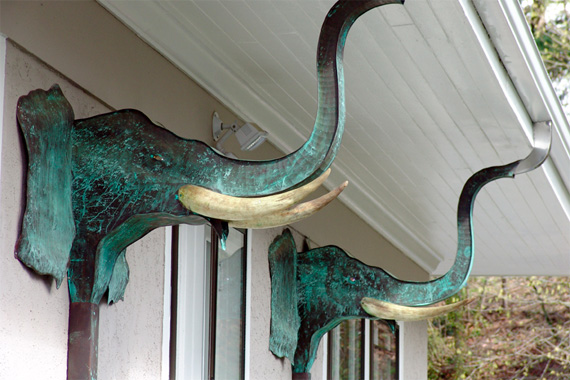
Pros
- Enhances the visual appeal of your home.
- Can increase the value of your property.
- Offers a range of materials and styles for customization.
- Durability varies by material, with options for long-lasting performance.
Cons
- Higher cost compared to standard gutters.
- Installation can be more complicated, requiring professional help.
- Some materials may require regular maintenance (e.g., copper).
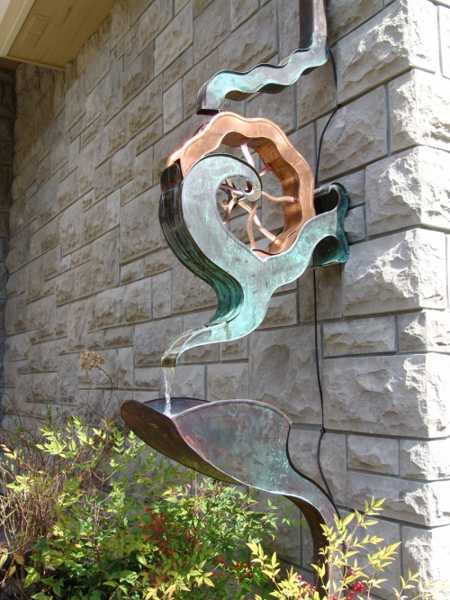
Maintenance Tips for Decorative Gutters and Downspouts
To ensure your decorative gutters and downspouts remain in great shape, follow these maintenance tips:
- Regular Cleaning: Remove leaves and debris at least twice a year.
- Inspect for Damage: Look for signs of wear or rust, especially in metal gutters.
- Check Downspouts: Ensure water flows freely and that there are no clogs.
- Repaint as Necessary: Some materials might need a fresh coat of paint to maintain appearance.
Cost Considerations for Decorative Gutters and Downspouts
The cost of decorative gutters and downspouts can vary significantly based on several factors:
- Material: Copper and zinc are generally pricier than aluminum or vinyl.
- Size: Larger homes will require more materials, increasing the cost.
- Labor: Professional installation can add to the total cost, especially for complex designs.
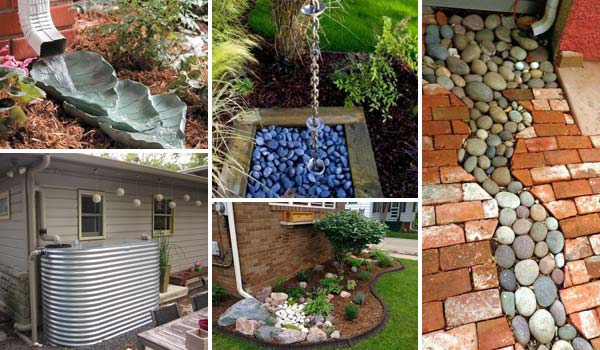
Estimated Costs
| Material | Estimated Cost per Linear Foot |
|---|---|
| Vinyl | $3 – $5 |
| Aluminum | $5 – $10 |
| Copper | $15 – $25 |
| Zinc | $10 – $20 |
| Galvanized Steel | $5 – $12 |
Frequently Asked Questions (FAQs)
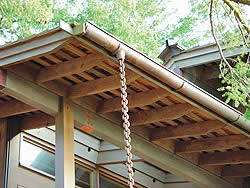
1. Are decorative gutters worth the investment?
Yes! Decorative gutters not only enhance your home’s aesthetic appeal but can also increase its market value. They are a functional upgrade that pays off in the long run.
2. How do I choose the right style for my home?
Consider your home’s architectural style, existing colors, and your personal preferences. You can also consult with a design professional for guidance.
3. How often should I clean my decorative gutters?
It’s recommended to clean your gutters at least twice a year, especially in the fall and spring, to prevent clogs and ensure proper drainage.
4. Can I install decorative gutters myself?
If you have experience with home improvement projects, DIY installation is possible. However, hiring professionals is advisable for complex designs and materials.
5. What are the best materials for decorative gutters?
Aluminum is a popular choice for its balance of cost and durability, but copper is preferred for its aesthetic appeal and longevity.
Conclusion
Decorative gutters and downspouts are more than just functional elements of your home—they are a chance to express your style and enhance your property’s overall look. Through careful consideration of material, design, and installation, you can create an exterior that not only protects your home but also speaks to your aesthetic preferences. Whether you’re renovating or building from scratch, don’t overlook the importance of these often-overlooked features.